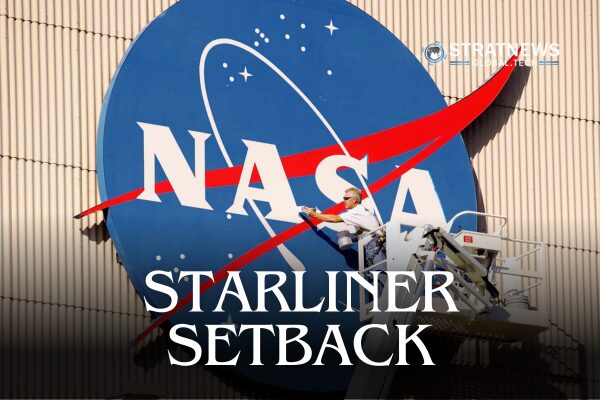NASA Cuts Boeing Starliner Missions and Shifts Next Flight to Cargo
NASA has scaled back Boeing’s Starliner programme, cutting the number of astronaut missions and confirming that the spacecraft’s next flight to the International Space Station (ISS) will be uncrewed. The decision marks a significant downsizing of Boeing’s role in the US space agency’s Commercial Crew Program, long overshadowed by Elon Musk’s SpaceX.
Reduced Missions and Contract Value
Under the revised contract, NASA will fund four Starliner flights — including up to three crewed missions and one uncrewed cargo flight scheduled for April next year. Two more flights remain optional. This modification slashes Boeing’s contract value by $768 million, reducing it from $4.5 billion to $3.732 billion. NASA said it has already paid $2.2 billion of that total.
The changes follow years of delays and technical issues. Starliner’s first crewed test flight in 2024, carrying astronauts Butch Wilmore and Suni Williams, encountered serious problems when several thrusters failed during its approach to the ISS. The malfunction left the crew stranded on the station for nine months while NASA and Boeing worked on solutions.
Boeing Stays the Course Despite Setbacks
A Boeing spokeswoman said the company remains committed to the Starliner programme, stressing that “safety remains our highest priority.” She added that the upcoming Starliner-1 mission incorporates all lessons learned from previous tests.
Steve Stich, who manages NASA’s Commercial Crew Program, said the agency and Boeing are “rigorously testing” the spacecraft’s propulsion system. He added that the latest contract update will allow both sides to focus on certifying Starliner safely by 2026 and preparing it for future missions aligned with the ISS’s operational timeline through 2030.
SpaceX Pulls Ahead in the Race
NASA selected both Boeing and SpaceX in 2014 to develop crewed capsules for astronaut transport to and from the ISS. While SpaceX’s Dragon spacecraft has successfully conducted regular crewed missions since 2020, Boeing’s Starliner has faced persistent delays, technical faults, and cost overruns.
Amid Starliner’s struggles, NASA has granted SpaceX additional missions extending through the ISS’s planned retirement in 2030. The agency has maintained that two operational US spacecraft are essential to reduce dependence on Russian Soyuz capsules in case SpaceX’s Dragon becomes grounded.
Despite setbacks, Boeing views Starliner as a potential commercial craft for future private space stations beyond the ISS era. For now, its next mission — Starliner-1 — set for April 2026, will carry cargo instead of astronauts as the company works toward full certification.
with inputs from Reuters


